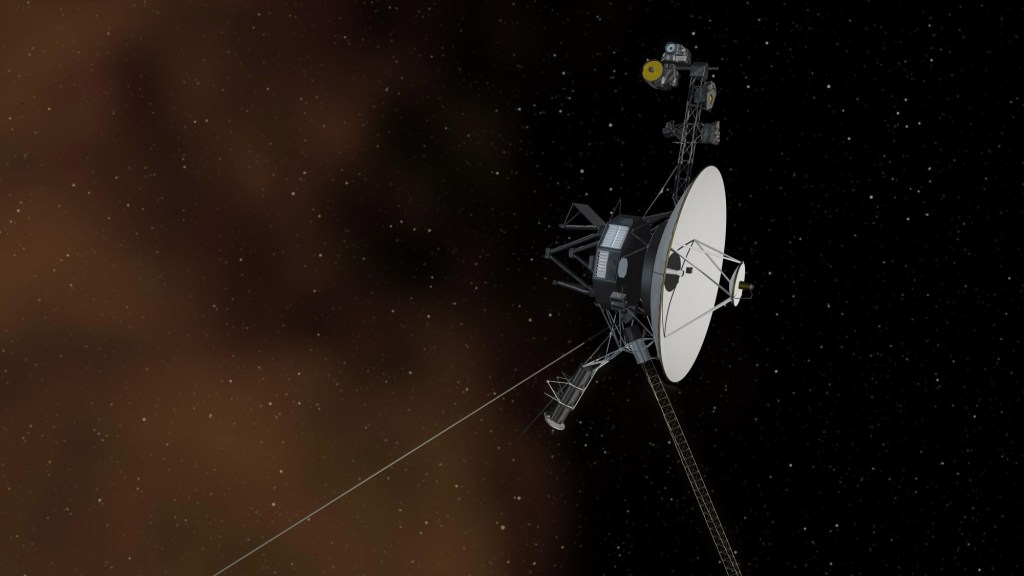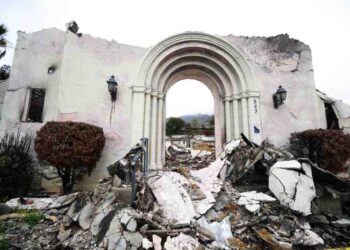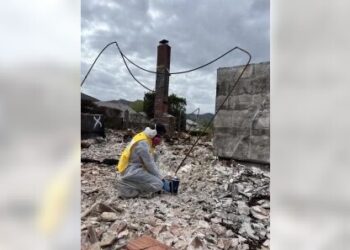In 1977, a team of scientists and engineers at NASA’s Jet Propulsion Laboratory altered the course of space exploration when they launched the Voyager 1 and Voyager 2 spacecraft into the cosmos.
Their primary mission was to photograph Jupiter and Saturn, two of the four outer planets of our solar system, which had not yet been closely observed.
Instead of stopping there, the probes continued on, photographing Uranus and Neptune. The Voyagers sent back other amazing photographs, including Io’s volcanoes, Enceladus’s water-polished surface, and the Earth as a small pixel set against an inky, black universe.
The Voyagers would become the first human-made objects to enter interstellar space, leaving our sun’s domain. To the astonishment of many, the spacecraft have kept operating for the past 46 years.
Now, well into its twilight years, Voyager 1 is very sick. But amid weeks of concern at JPL – where a mission team, dwindling in number, talks with the crafts – a hopeful sign has finally emerged.
The elderly spacecraft has been speaking in gibberish since November 2023, and the Voyager engineering team has yet to fix the problem. As though a stroke left Voyager 1 with aphasia, it can hear the messages being sent from Earth but can’t respond coherently, providing no information on its health or status.
The issue likely lies in the flight data system (FDS), which compiles information about the spacecraft’s health, operational status and scientific observations into a string of 1’s and 0’s that are sent to Earth. Until recently, Voyager 1 had been transmitting a repetitive string of nonsense, indicating that the FDS may be “stuck”.
Without restoring communication, the Voyager team cannot tell what the probe needs to stay alive; consigning Voyager 1 to a lonely, unknowable demise.
“The likely cause of the issue is some type of corrupted bit structure in the FDS computer. We don’t know where that corruption is,” explained Dr. Suzanne…
Read the full article here







